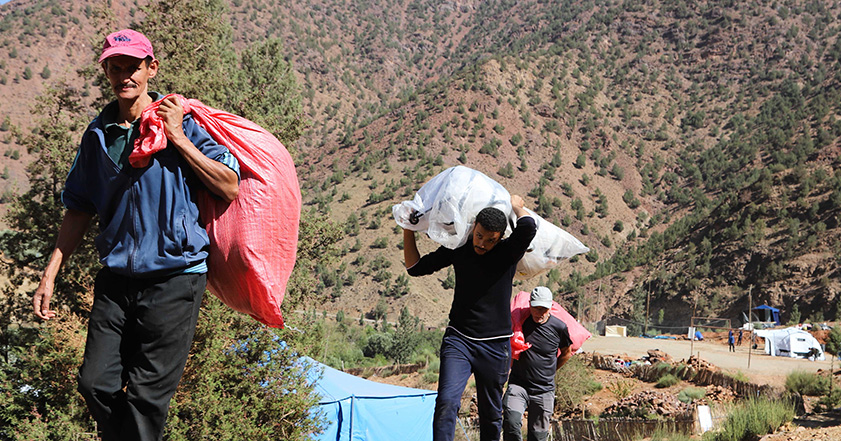ShelterBox exists to ensure that no one is without shelter after disaster. When people are forced to flee their homes due to disaster, conflict or climate crisis we aim to be there. Because we believe that shelter is a foundation for life.
Over the years we have been working, our understanding of disasters and their impact on people has evolved. And we’ve evolved with it. In this blog learn more about our flexible approach to shelter aid. You can learn more about what we do and why in our Theory of Change.
Each disaster is unique
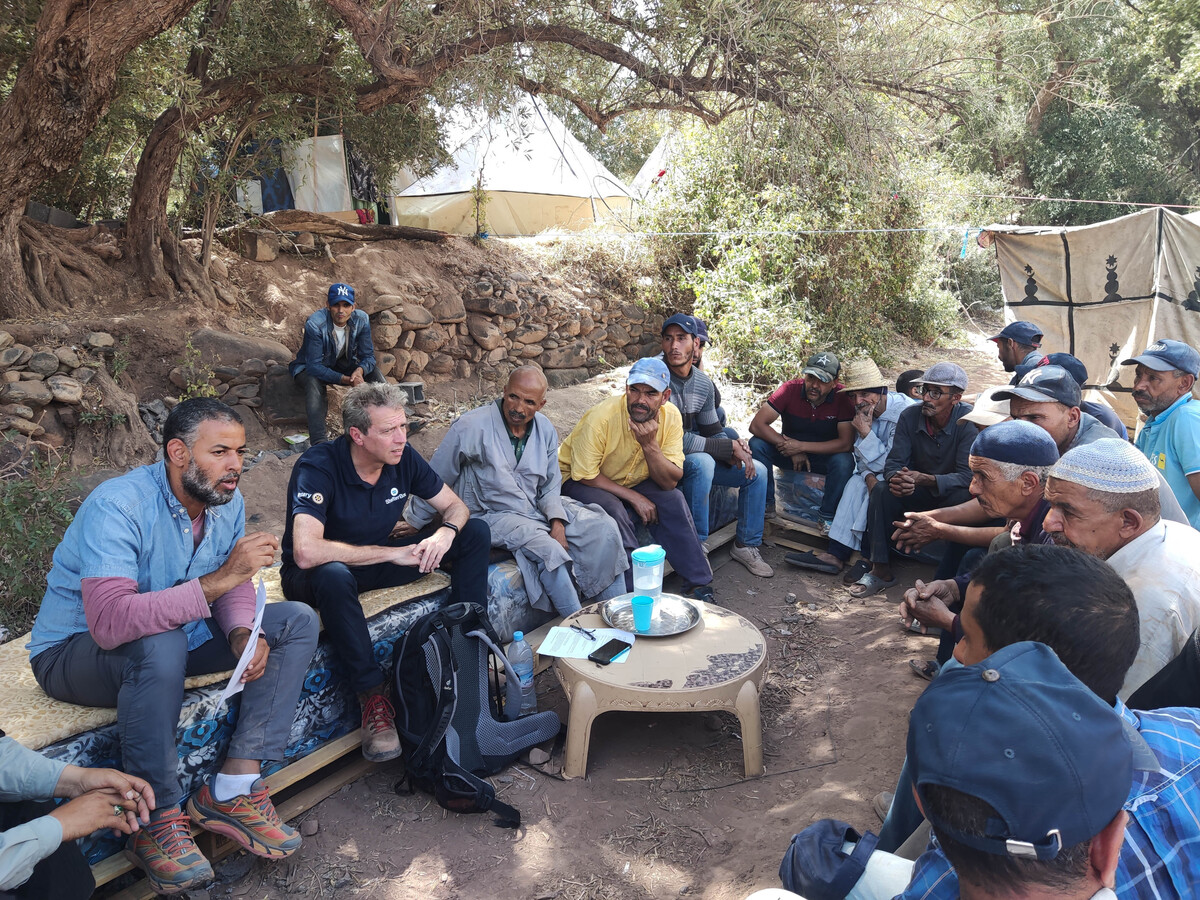
Earthquakes, flooding, storms, conflict, drought… These are just some of the disasters that ShelterBox has responded to. It might be easy to think that we would respond to each flood the same way, or each drought. But that’s not the case at all.
Each disaster is unique. How it forms, how it impacts people, and how local communities react to it are all variables. And a disaster response needs to consider a lot more than just what the nature of the disaster is. We also need to consider the local environment – what sort of shelter would work there? What is the local culture? That might affect shelter requirements too. We also need to consider how long people might be displaced for, and what capacity the local government has to respond. And that’s just the beginning. (If you’d like more information on how we decide when to respond, have a look at this blog). People affected by disaster can also lose their livelihoods. Children can miss opportunities for education. Shelter can be a foundation that these things can be rebuilt from.
Our flexible approach
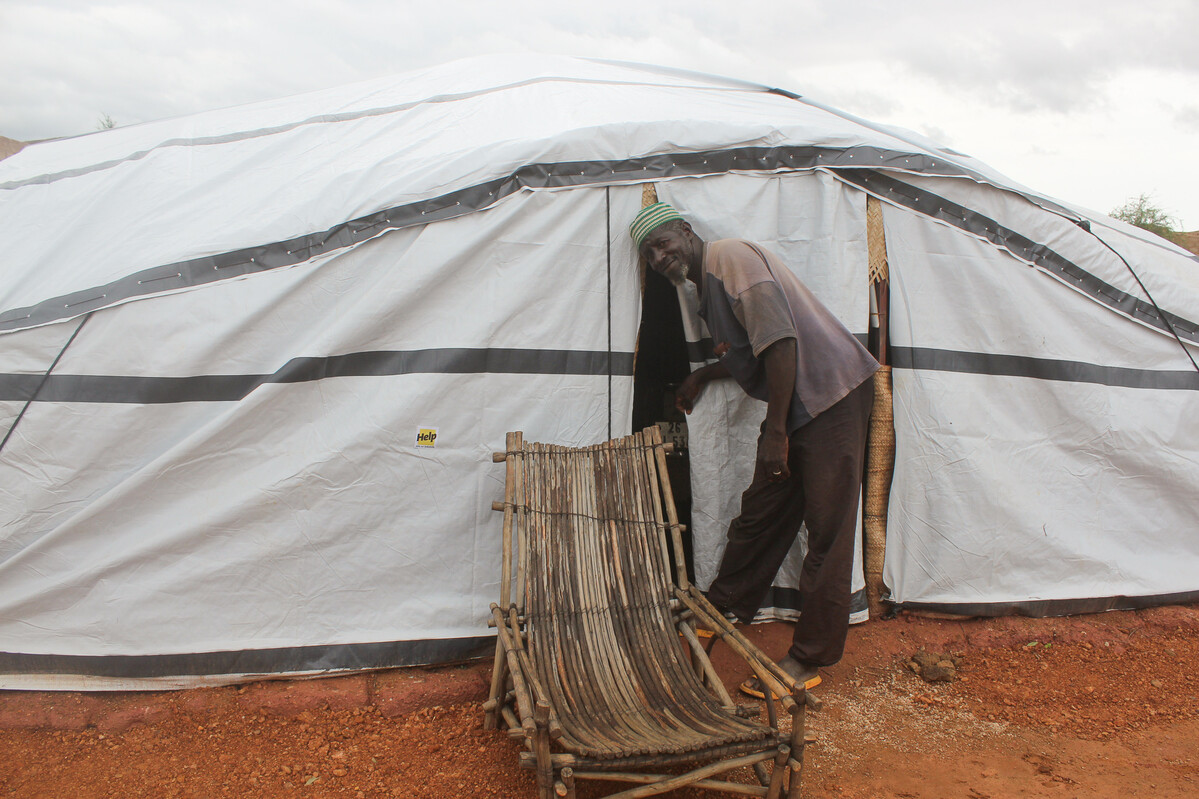
Because there’s no one size fits all approach to a disaster, we need to be flexible with the aid we offer.
To do this we listen to what’s needed most and adapt our response every time. We put people and their needs at the heart of what we do. A big part of that involves building local partnerships. It helps us understand the local context, access local networks and supplies. We can reduce our impact on the planet by sending fewer aid items by air. Working with partners allows us to offer the aid that is needed when it is needed.
By listening to affected communities and our partners, the support we offer is tailored for each response. That might mean providing tents, tarpaulins, blankets, mosquito nets, water filters and solar lights. It might mean supporting people to access cash or vouchers. With this they can choose the items they need most or pay for repairs on their homes. This respects their wishes and supports the dignity of those affected by disaster. It also helps kick start local economies. In other circumstances it might mean sourcing rental accommodation in urban areas. And we might offer more durable shelters where communities are likely to be displaced for a long time.
In recent responses we’ve offered Sahelian tents in Burkina Faso as a more suitable local alternative to our standard tents. In Mozambique we’re working with local partners to train people in building transitional shelters. These more durable shelters are suitable for people who are likely to be displaced for over a year. Over in Yemen we’re helping with the construction of iron net shelters. These are far more familiar to locals and more suited to the harsh environment than tents. And in Pakistan we’re helping to construct durable shelters and latrines.
This flexibility isn’t always easy. It takes time to understand the needs of people impacted by disaster. And this approach requires sustainable funding. But we feel it’s important to ensure we are giving the correct aid to the people who need it.
We’ve gone beyond the box
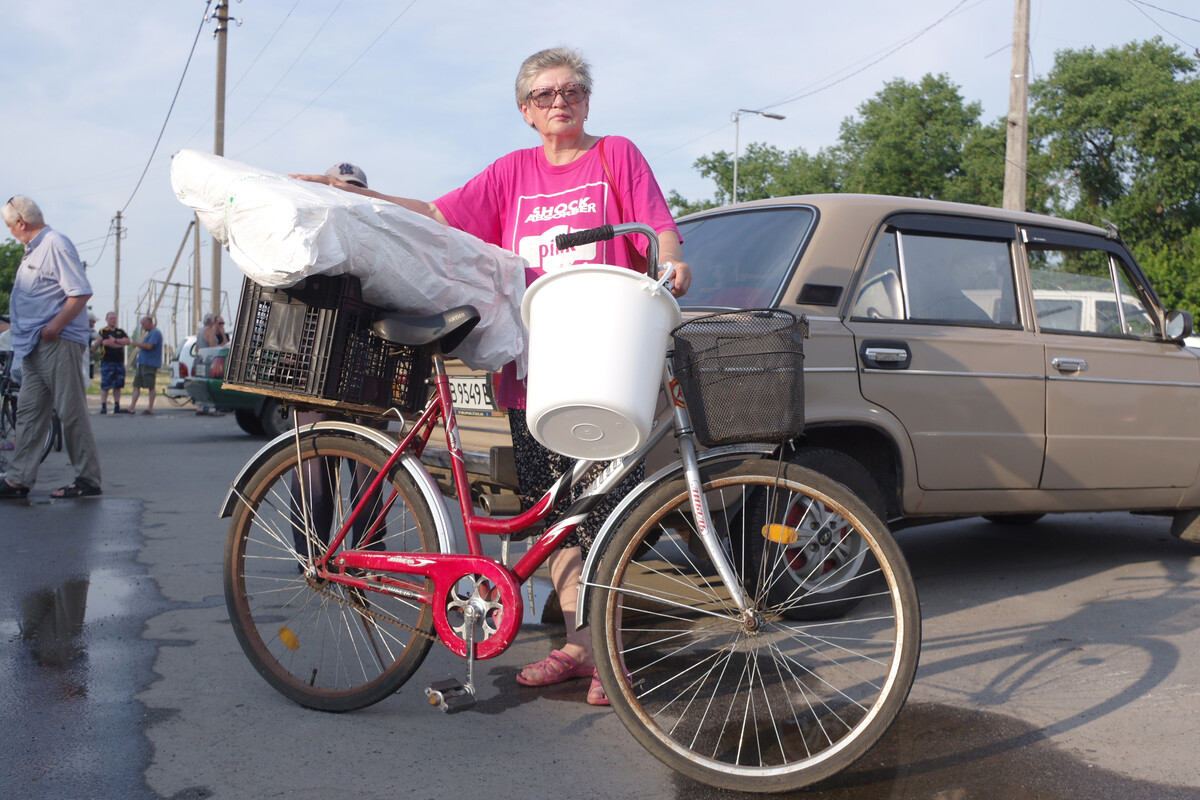
ShelterBox was founded over 23 years ago, and the nature of our aid has changed a lot over that time.
Back then, we were all about our green ShelterBoxes. For a long time, we only shipped our aid items inside those boxes. But today we’ve gone beyond the box, and we no longer use them. There are a lot of reasons why.
Some of the items we provide no longer fit in the boxes. Like our tents, which are now bigger, so people have more space and privacy. We also procure items locally, better for the environment as it cuts our carbon footprint. Using pallets to ship items means faster delivery times and customs checks. This means we can reach people as quickly as possible. And sending items without using boxes also makes it easier to store them in the warehouses we use, close to areas where many disasters happen. For practical, economic, and environmental reasons, moving beyond the box makes sense.
We love our ShelterBoxes. We know our supporters do too. But we always take whatever action means more people have shelter after disaster. Today, that means not boxing ourselves in. And the box is still there in our name and our logo. It’s a reminder of how we started and our commitment to provide emergency shelter to people who need it most.
Looking forward
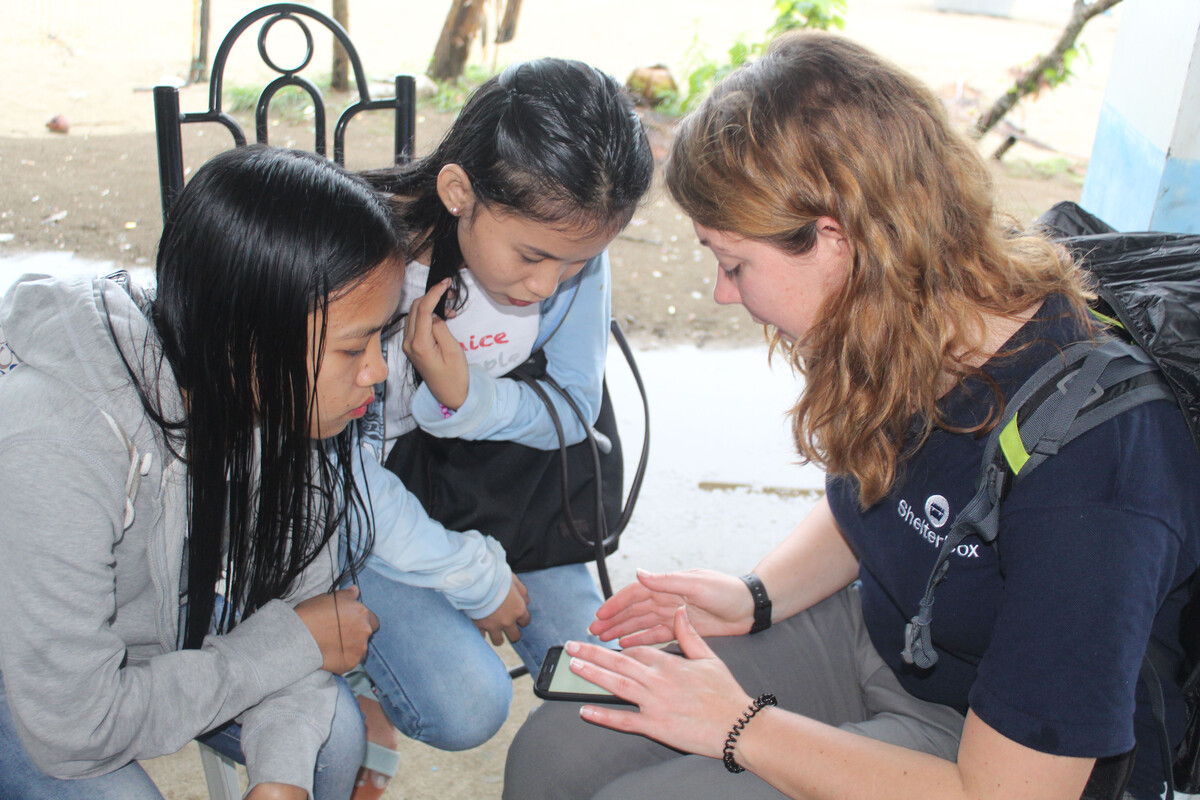
Our aid has changed a lot. And as disasters and conflict sadly force more people from their homes, we expect it to keep changing too.
We’re committed to working with the communities we support, listening to their needs. With each disaster response, we evaluate what we did. It helps us discover what we did well, and where we could be better next time. Everything we learn will feed into future responses. And as the needs of the people we support may change over time, we aim to change with them. This may be challenging at times, but it’s a challenge we’re prepared to meet.
Thank you for your support as we continue to create foundations for life.

